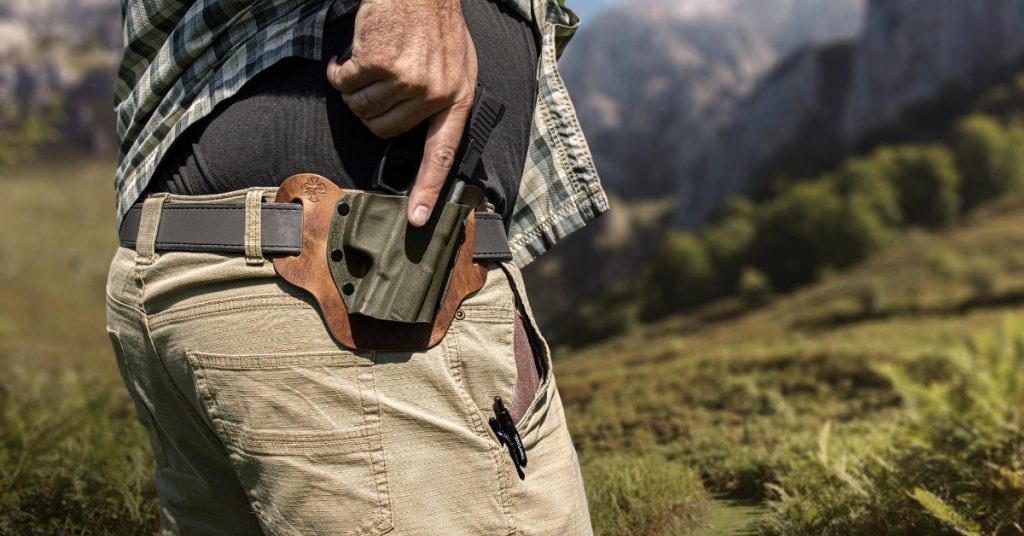A big part of being successful in your training is training to a standard. Drills, for example, offer a time and accuracy standard. We train to meet and exceed those standards. Standards of accuracy and time allow us to perform to standard and see objective improvement. Amongst the many standards in the firearm world, one of the more popular ones is a sub-second draw from concealment with an accurate shot on target. The desire and popularity have created an interesting debate on the merit of a sub-second draw.
I wanted to wade into the debate, but before doing so, I decided I needed to establish my own sub-second draw. The ability to make a somewhat consistent sub-second draw would give me a better overall view of this debate.
How I Accomplished a Sub-Second Draw
Like everything, the key is to practice. I practiced an absolute ton. My gun of choice was the P365XL, which I carried appendix in a Crossbreed Rogue holster. I used the Holosun EPS Carry for the speed of a dot. I considered the only successful sub-second draw to be from concealment.
The majority of my practice was dry fire. I used the Mantis Laser Academy system a ton because it had a draw-to-fire timer system. It allowed me to practice not only a quick draw but an accurate shot on a relatively small target. Every day for 15 to 20 minutes a day, I practiced drawing and putting a shot on target over and over at about three yards.
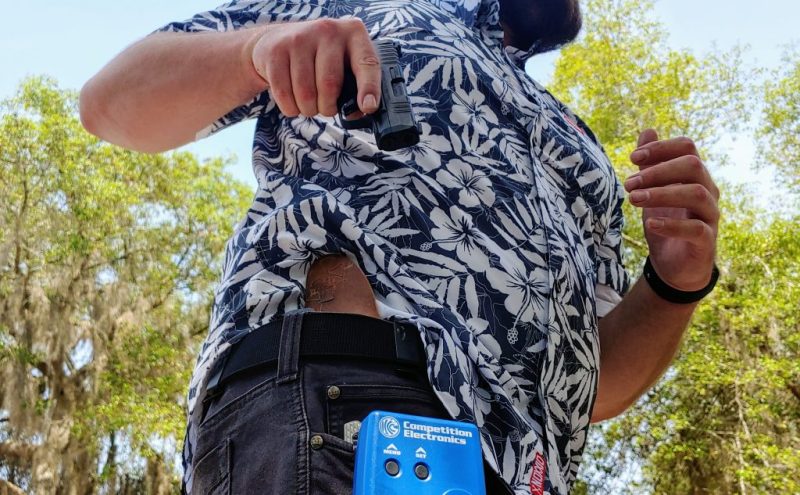
Of course most of my dry fire was highlighted by live fire at the range. I used an FBI Q Target and stood at seven yards. Here I took a little more time between draws to ensure everything was safe. I used a Pocket Pro 2 shot timer to track my time.
A big part of my training was just drawing and practicing the entire movement. However, I would also warm up and practice by breaking down the individual movements of the draw. I would work clearing the garment, establishing the grip, drawing the gun to high ready, then extending and firing. I would practice each part over and over before moving on to the next part of the draw. In about two weeks, I made consistent sub-second draws while dry firing.
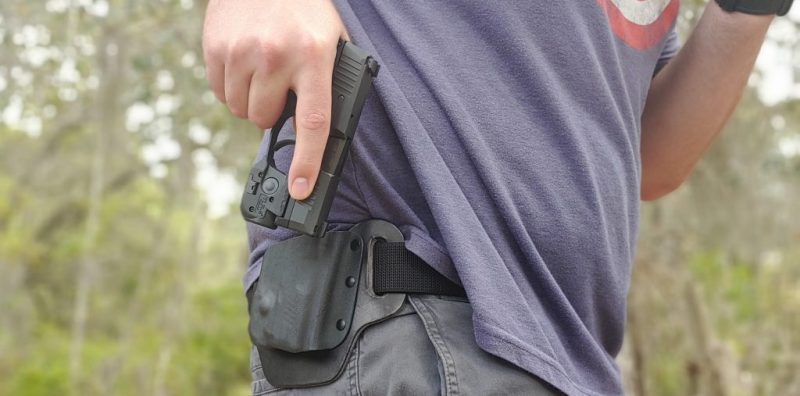
After three weeks, I was making semi-consistent shots in under a second. By about midway through week four, I was making them for the majority of my draws. I developed a slight case of tennis elbow, but it was worth the sweet dopamine hit of success.
The Benefits of a Sub-Second Draw
The benefits sell themselves, right? You can draw in under a second, and Westerns have long taught us that being a quick draw is a very good thing. The ability to get your gun out of its holster and on target quickly is very beneficial in a self-defense scenario. You want to be quick and smooth and to end the situation as quickly as possible so the threat cannot harm you.
John Correia of Active Self Protection watches a lot of videos that involve violent scenarios, robberies, and the use of force. He breaks these videos down on YouTube, which is generally an excellent channel with lots of insights. His social media is also an excellent trove of knowledge.
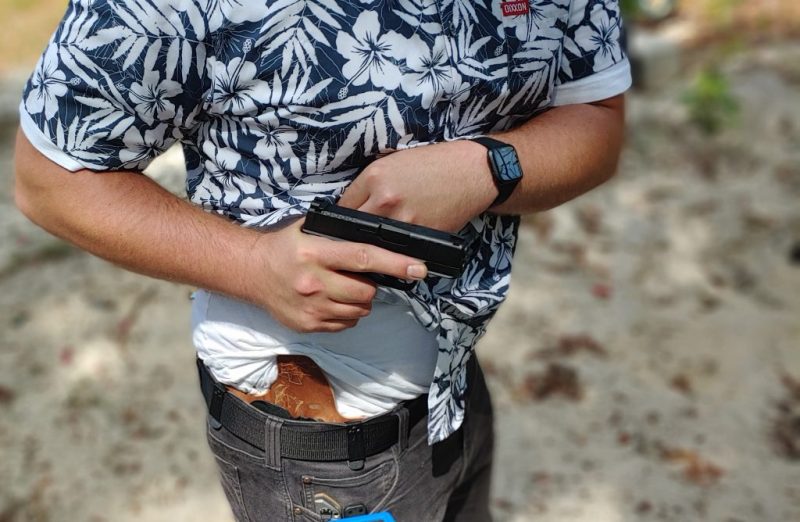
From watching these videos, he provided several examples of armed threats and situations where a sub-second draw would be extremely beneficial.
These were often violent criminals who temporarily turned away or got distracted from the person they were victimizing. A sub-second draw would result in the victim being able to engage the threat while they were temporarily distracted. That’s a dang good argument on why having a sub-second draw is valuable.
Downsides
Achieving the sub-second draw took a lot of time. Between setup, unloading my carry gun, and practicing, I spent a lot of time shooting and dry firing to just barely accomplish the ability to make a sub-second draw. Once you achieve the draw, you have to maintain your training and capabilities. It takes a lot of training to maintain the skill.
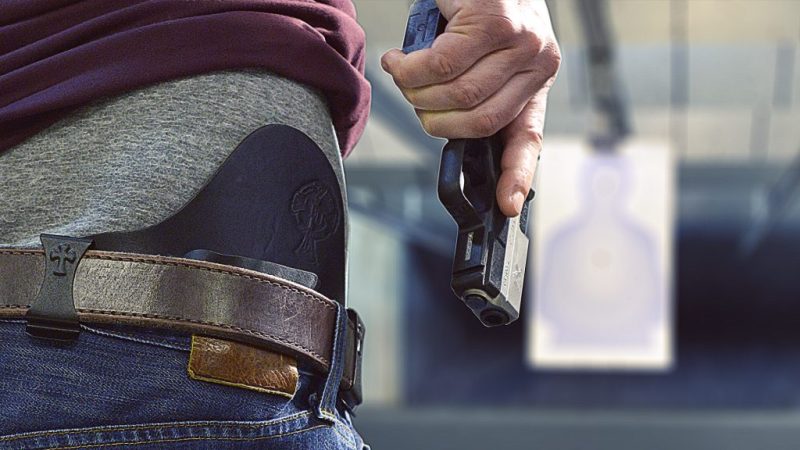
A lot of people aren’t able to train like I can due to the nature of my job. I understand I’m pretty lucky to be able to do all of this with the help of experts, friends, and gear, plus time because, at the end of the day, this is a job. How many people can go to the range as often as I do? A sub-second draw might not be realistic, and if you are spending all of your range time chasing that one goal, are you lacking in other sectors of self-preparedness?
There is more to shooting than a fast draw. There is also more to self-preparedness than shooting. We have tons of things to learn and be educated about, but not always a lot of time in the day to do so. It’s a lot like working out. You want a bigger chest, so all you do is bench press and ignore the rest of your muscles, which also matter.
The Debate
Is the sub-second draw a necessary skill for a concealed carrier? It’s certainly a nice skill to have, but not a necessity. It could be argued that it’s a rather niche skill that fits inside a specific box. Most firearm skills are rather niche, like shooting one-handed or with the support hand only. I like the idea of one second being a goal to accomplish and maintain, but I wouldn’t focus exclusively on obtaining a second draw. With that said, it’s a great feeling when you are able to accomplish that goal.
ABOUT THE AUTHOR:
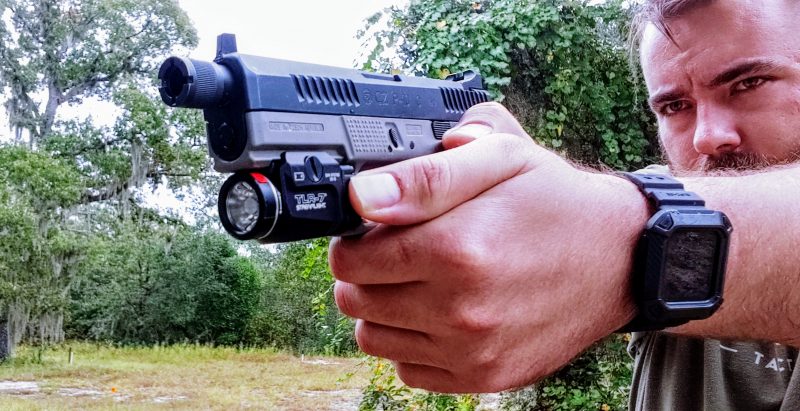
Travis Pike is a former Marine Machine gunner who served with 2nd Bn 2nd Marines for 5 years. He deployed in 2009 to Afghanistan and again in 2011 with the 22nd MEU(SOC) during a record-setting 11 months at sea. Travis has trained with the Romanian Army, the Spanish Marines, the Emirate Marines, and the Afghan National Army.
He serves as an NRA-certified pistol instructor and pursues a variety of firearms-based hobbies.
![]()
You may also enjoy these popular articles:
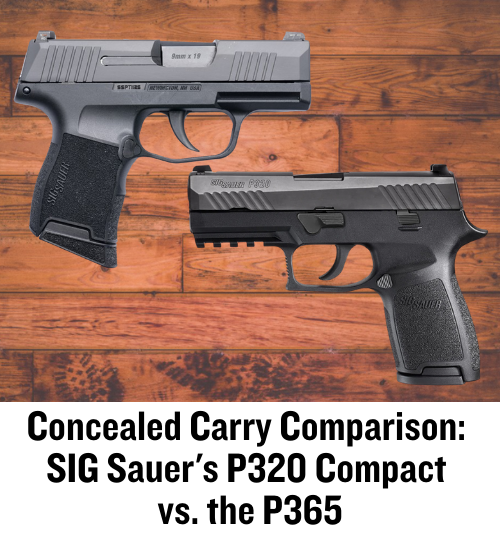

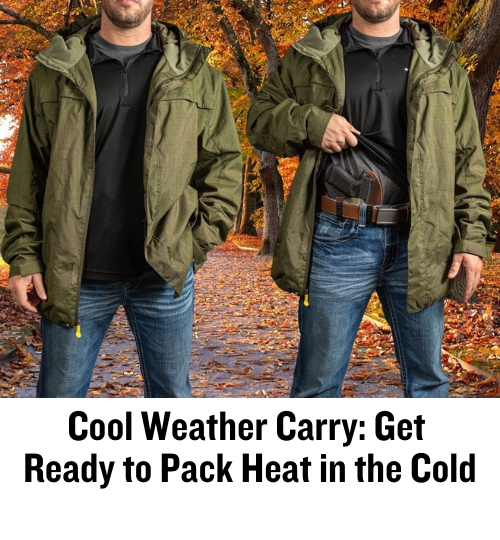

©MTC Holsters, LLC and CrossBreed Holsters Blog, 2024.
Unauthorized use and/or duplication of this material without express and written permission from this site’s author and/or owner is strictly prohibited. Excerpts and links may be used, provided that full and clear credit is given to Travis Pike and the CrossBreed Blog with appropriate and specific direction to the original content.

